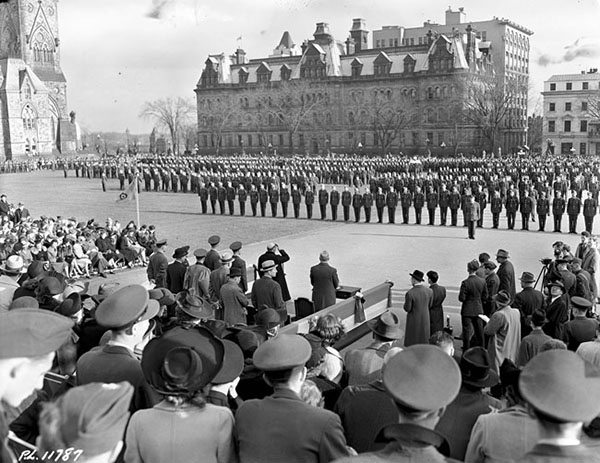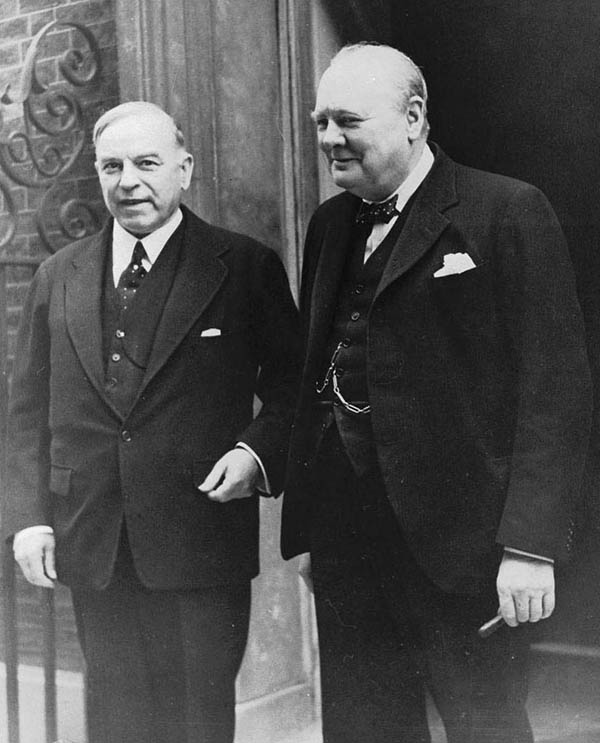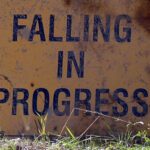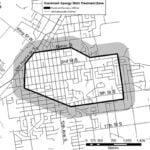Home »

10 facts about wacky wartime leader Mackenzie King
By Elinor Florence
 Canadian Prime Minister Mackenzie King, also known as Weird Willie, gazed into his crystal ball, communed with his dead dogs, and saw images floating in his shaving cream. Many historians believe that he was our greatest prime minister ever.
Canadian Prime Minister Mackenzie King, also known as Weird Willie, gazed into his crystal ball, communed with his dead dogs, and saw images floating in his shaving cream. Many historians believe that he was our greatest prime minister ever.
Mackenzie King proved that you don’t have to have personal charisma to be an effective leader. In fact, you don’t even have to be completely sane.
He guided Canada through the Depression after 1935, and led a united country through the Second World War. He was so beloved by Canadians that he became our longest-serving prime minister, with 22 years in the top office.
William Lyon Mackenzie King was born on December 17, 1874 in Kitchener, Ontario, to an unsuccessful lawyer John King, and an ambitious mother Grace Mackenzie who was the daughter of the 1837 rebel, William Lyon Mackenzie. From an early age, King’s mother impressed upon him a strong sense of personal destiny.
 King was no slouch intellectually. He was our best-educated prime minister, well-read and well-travelled, with a doctorate in economics. He served as prime minister from 1921 to 1930, then again from 1935 to 1948.
King was no slouch intellectually. He was our best-educated prime minister, well-read and well-travelled, with a doctorate in economics. He served as prime minister from 1921 to 1930, then again from 1935 to 1948.
King died in 1950, just two years after leaving office, at the age of 75 years. He died of pneumonia with his plan to write his memoirs unfulfilled. Long after his death his diaries were released to the public and Canadians learned about the private Mackenzie King.
In the days before social media, even a high-profile figure like the prime minister could get away with a lot of weird habits with no one the wiser. In private, however, King had some truly bizarre beliefs.
Here are 10 interesting facts things about this wacky, wonderful politician.
 1. A lifelong bachelor, King had a fixation on his deceased mother. He participated in numerous séances where he spoke to her and other family members. In one séance in his home at Laurier House, on February 24, 1932, a silver-coloured trumpet was placed in the centre of the floor. The participants gathered around it on their chairs. Feeble voices emerged from the trumpet. One sounded like a gasping, drowning person, another like someone “emerging from ether,” according to one participant. After a few early, tentative sallies, King’s mother addressed the Prime Minister: Yes, Billy, it is your mother. Father is here too and Grandfather. They are very proud of you. We are all here watching you.
1. A lifelong bachelor, King had a fixation on his deceased mother. He participated in numerous séances where he spoke to her and other family members. In one séance in his home at Laurier House, on February 24, 1932, a silver-coloured trumpet was placed in the centre of the floor. The participants gathered around it on their chairs. Feeble voices emerged from the trumpet. One sounded like a gasping, drowning person, another like someone “emerging from ether,” according to one participant. After a few early, tentative sallies, King’s mother addressed the Prime Minister: Yes, Billy, it is your mother. Father is here too and Grandfather. They are very proud of you. We are all here watching you.
 King set up a veritable shrine to her at his home, Laurier House in Ottawa, now a national historic site, open to the public.
King set up a veritable shrine to her at his home, Laurier House in Ottawa, now a national historic site, open to the public.
2. King used a crystal ball. Not only did King speak with his dead mother, but he communicated with the ghosts of such famous figures as the former prime minister Sir Wilfred Laurier, and even Leonardo da Vinci. He used a crystal ball, now found at Laurier House.
According to his biographer Blair Neatby, what he wanted most of all was some contact with those who had been close to him, some assurance that they still watched over him. This gave King the emotional stability to cope with the strains of a long political career.
 3. King talked to his dogs, living and dead. King was passionate about his Irish terrier, Pat. When Pat One passed away, King was equally fond of his new Irish terrier, Pat Two. When Pat Two left this earth, King acquired Pat Three. The third Pat outlived him.
3. King talked to his dogs, living and dead. King was passionate about his Irish terrier, Pat. When Pat One passed away, King was equally fond of his new Irish terrier, Pat Two. When Pat Two left this earth, King acquired Pat Three. The third Pat outlived him.
King considered his dogs as human and claimed to be able to communicate with them while they were still alive. After the first two dogs died, King held séances with them as well. In one diary entry he praised his terrier friend as “a God-sent little angel in the guise of a dog, my dear little saviour.”
4. King saw signs everywhere. King saw magical images in his tea leaves, and even more oddly, in his morning cup of shaving cream. On January 20, 1948, he visualized in his morning lather symbols of the Cold War, a polar bear and an eagle. “The bear seemed to be moving into space and crushing down somewhat the one outspread wing of the eagle.” Then a dog appeared, perhaps symbolizing Canada, which helped push the bear off the eagle.
5. King had a strange obsession with the magical power of numbers. Try to decipher, if you will, this entry from his diary: “I had thought yesterday of 47 being the figures 74 reversed, which was the year of my birth. Curiously enough, someone remarked this to me. I had another rather odd thought related to numerals which was that in thinking of the Rebellion of 1837-38, thought of my age – 73rd year – which is 37 reversed. Were one to live to a very old age, 83 would be the reverse of 38.”
I wonder what significance he would find in his photograph on our $50 bill.
 6. King kept a voluminous journal. He wrote every day from 1893 until just before his death in 1950. The diaries, when stacked in a row, span over seven metres in length and comprise over 50,000 written, typed and transcribed pages of text! Mackenzie King originally wrote his diaries by hand, then dictated his thoughts nightly to his secretary. (I wonder how she kept a straight face while jotting down some of his ramblings.) They are now available to the public through the Library and Archives Canada website, if anyone fancies a little light reading! One historian termed reading the diaries as “a descent into delirium.” Here’s the very first page, written on September 6, 1893.
6. King kept a voluminous journal. He wrote every day from 1893 until just before his death in 1950. The diaries, when stacked in a row, span over seven metres in length and comprise over 50,000 written, typed and transcribed pages of text! Mackenzie King originally wrote his diaries by hand, then dictated his thoughts nightly to his secretary. (I wonder how she kept a straight face while jotting down some of his ramblings.) They are now available to the public through the Library and Archives Canada website, if anyone fancies a little light reading! One historian termed reading the diaries as “a descent into delirium.” Here’s the very first page, written on September 6, 1893.
 7. King was crazy about the Prairies. This no doubt helped him politically. He had a romantic view of the pioneers as morally sound, hardworking individuals who lived close to nature and to God. Viewing a glorious sunrise in Alberta in 1920, he wrote in his diary: “I thought of the New Day, the New Social Order. It seems like Heaven’s prophecy of the dawn of a new era, revealed to me.”
7. King was crazy about the Prairies. This no doubt helped him politically. He had a romantic view of the pioneers as morally sound, hardworking individuals who lived close to nature and to God. Viewing a glorious sunrise in Alberta in 1920, he wrote in his diary: “I thought of the New Day, the New Social Order. It seems like Heaven’s prophecy of the dawn of a new era, revealed to me.”
 8. King understood Quebec. Although he didn’t speak a word of French, he accepted the distinct nature of Quebec and maintained the delicate balance required for Canadian unity. He opposed conscription during the First World War, but in 1944 the government began to conscript men after Canada started to run low on volunteers. This was heartily opposed by Quebec and strained relations with the rest of Canada. However, it is a testament to his peace-making ability that King was re-elected in 1945 and won the majority of seats in Quebec.
8. King understood Quebec. Although he didn’t speak a word of French, he accepted the distinct nature of Quebec and maintained the delicate balance required for Canadian unity. He opposed conscription during the First World War, but in 1944 the government began to conscript men after Canada started to run low on volunteers. This was heartily opposed by Quebec and strained relations with the rest of Canada. However, it is a testament to his peace-making ability that King was re-elected in 1945 and won the majority of seats in Quebec.
9. King was a tireless leader during the Second World War. He was instrumental in creating the British Commonwealth Air Training Plan. Here King himself presents wings to a group of flyers from Canada, Britain, and the United States. Photo Credit: RCAF.
Here are a few more wartime photos of him going about his weary business. Of course he was in close contact with Winston Churchill throughout the war, and stood up to the blustery British prime minister in maintaining at least some independence from the Mother Country.
He was also in contact with the U.S. President, Franklin Delano Roosevelt.
 Here he is inspecting the Inglis Machine Gun Factory in Toronto, staffed entirely by 800 Canadian women in the Second World War.
Here he is inspecting the Inglis Machine Gun Factory in Toronto, staffed entirely by 800 Canadian women in the Second World War.
 He even hobnobbed with movie stars like Shirley Temple, who was in Canada to open the Victory Loan campaign in 1942, a way for the Canadian government to raise money for the war effort (pictured above).
He even hobnobbed with movie stars like Shirley Temple, who was in Canada to open the Victory Loan campaign in 1942, a way for the Canadian government to raise money for the war effort (pictured above).
10. King left his estate called Kingsmere to all Canadians. When he died in 1950, King bequeathed his 360-square-kilometre park called Kingsmere, located 15 fifteen minutes away from Parliament Hill, to his country. His cottage is now a public tea room.
 King developed an obsession with recreating ruins on the grounds of his estate, now called the Abbey Ruins. The project began when he saw a house being demolished in Ottawa and offered the developer $50 on the spot for a semicircular stone window. His fancy took flight, and he later collected stones from the burned Centre Block of the Parliament Buildings in Ottawa. These he combined with stones from the British Houses of Parliament when they were being routinely repaired.
King developed an obsession with recreating ruins on the grounds of his estate, now called the Abbey Ruins. The project began when he saw a house being demolished in Ottawa and offered the developer $50 on the spot for a semicircular stone window. His fancy took flight, and he later collected stones from the burned Centre Block of the Parliament Buildings in Ottawa. These he combined with stones from the British Houses of Parliament when they were being routinely repaired.
 The most extraordinary acquisition came in the darkest days of the Second World War after the Palace of Westminster had been bombed by the Germans. King requested some stones from the rubble, and these were shipped safely to Canada to add new distinction to the ruins at Kingsmere. The ruins are now a favourite spot for tourists and photographers.
The most extraordinary acquisition came in the darkest days of the Second World War after the Palace of Westminster had been bombed by the Germans. King requested some stones from the rubble, and these were shipped safely to Canada to add new distinction to the ruins at Kingsmere. The ruins are now a favourite spot for tourists and photographers.
At one time King had wanted to be buried among the ruins at Kingsmere, but instead he is buried at Mount Pleasant Cemetery in Toronto, the same cemetery where his beloved mother is buried. Rest in Peace, William Lyon Mackenzie King.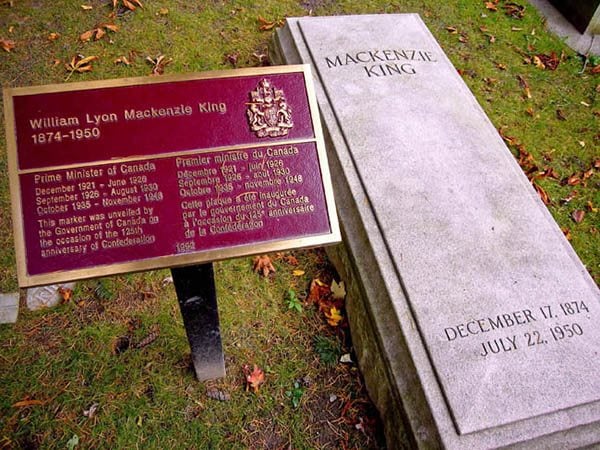

– Elinor Florence lives in Invermere. Her first novel Bird’s Eye View, about a Saskatchewan farm girl who joins the air force in World War Two and becomes an interpreter of aerial photographs, is a Canadian bestseller. Her new novel Wildwood tells the story of a single mother from the big city who inherits an abandoned off-the-grid farm in northern Alberta. Both books are available at Coles at Tamarack Mall and Lotus Books in Cranbrook. For more information about Elinor and her books: www.elinorflorence.com.
